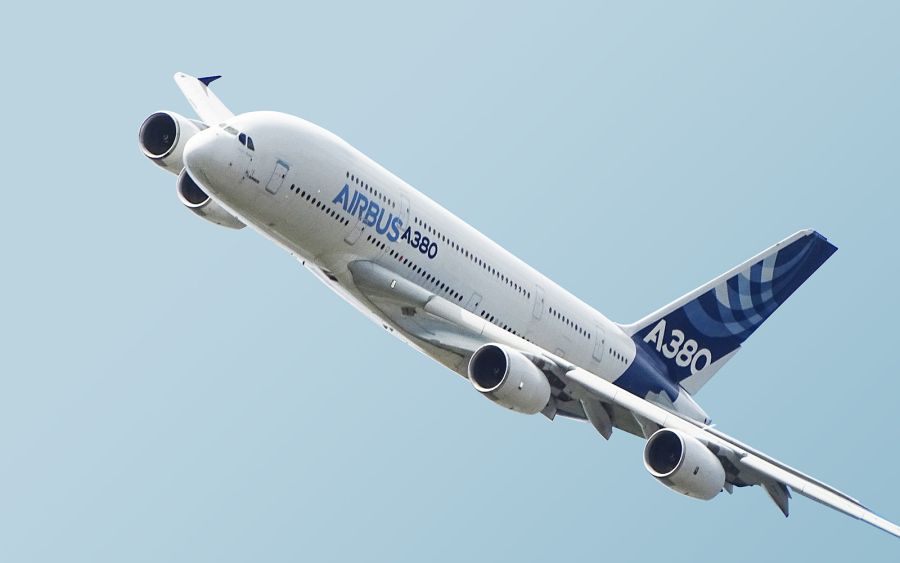
Export Haulage: The journey begins with export haulage, where the freight forwarder arranges for the collection of goods from the supplier’s premises. This initial stage involves meticulous planning, ensuring that the cargo is appropriately packed and loaded onto the designated transportation mode, whether it’s a truck, train, or ship.
Origin Handling: Once the cargo is collected, it’s transported to the origin handling facility, such as a port or an airport. Here, the freight forwarder coordinates the necessary customs clearance procedures, ensuring that all required documentation is in order and that the shipment complies with relevant regulations. This stage also involves the consolidation of smaller shipments into larger units, optimizing space and reducing transportation costs.
Export Customs Clearance: Before the cargo can embark on its international voyage, it must clear export customs. The freight forwarder acts as an intermediary, facilitating the submission of required documentation and payments of duties and taxes on behalf of the shipper. This critical stage ensures compliance with export regulations and paves the way for the cargo’s departure.
Transportation: With export clearance obtained, the freight forwarder arranges for the transportation of the cargo to its destination. This stage may involve multiple modes of transport, such as air, sea, rail, or a combination thereof. The freight forwarder’s expertise lies in selecting the most efficient and cost-effective routing, while ensuring the cargo’s timely arrival.
Destination Handling: Upon reaching the destination country, the cargo enters the destination handling facility, where it undergoes import customs clearance procedures. The freight forwarder navigates the intricate web of import regulations, handling the necessary documentation and facilitating the payment of applicable duties and taxes.
Import Customs Clearance: Clearing import customs is a critical stage that can significantly impact the delivery timeline. The freight forwarder’s knowledge of local regulations and customs procedures is invaluable in ensuring a smooth and efficient clearance process. This stage often involves the submission of various documents, such as commercial invoices, packing lists, and certificates of origin.
Delivery: The final stage of the freight forwarding journey is the delivery of the cargo to the consignee’s designated location. The freight forwarder coordinates the final leg of transportation, whether it’s via truck, rail, or air, ensuring the safe and timely arrival of the shipment at its intended destination.
Throughout this intricate journey, freight forwarding services act as the orchestrators, seamlessly coordinating the movement of cargo across borders and managing the complex web of regulations, documentation, and transportation modes. Their expertise and meticulous attention to detail ensure that your shipments navigate the global supply chain with efficiency and reliability.
Whether you’re an importer, exporter, or a business relying on the timely delivery of goods, understanding the key stages of freight forwarding services provides valuable insights into the behind-the-scenes efforts that keep the world’s trade flowing seamlessly.
Also Read: Demystifying 3PL Warehousing: How Outsourced Logistics Streamline Operations

